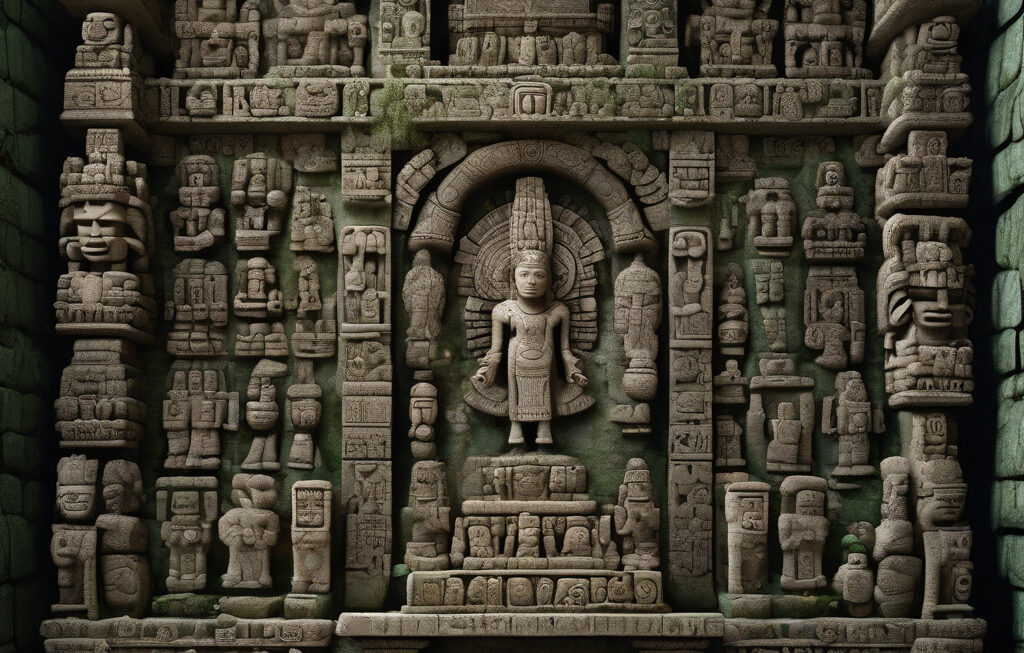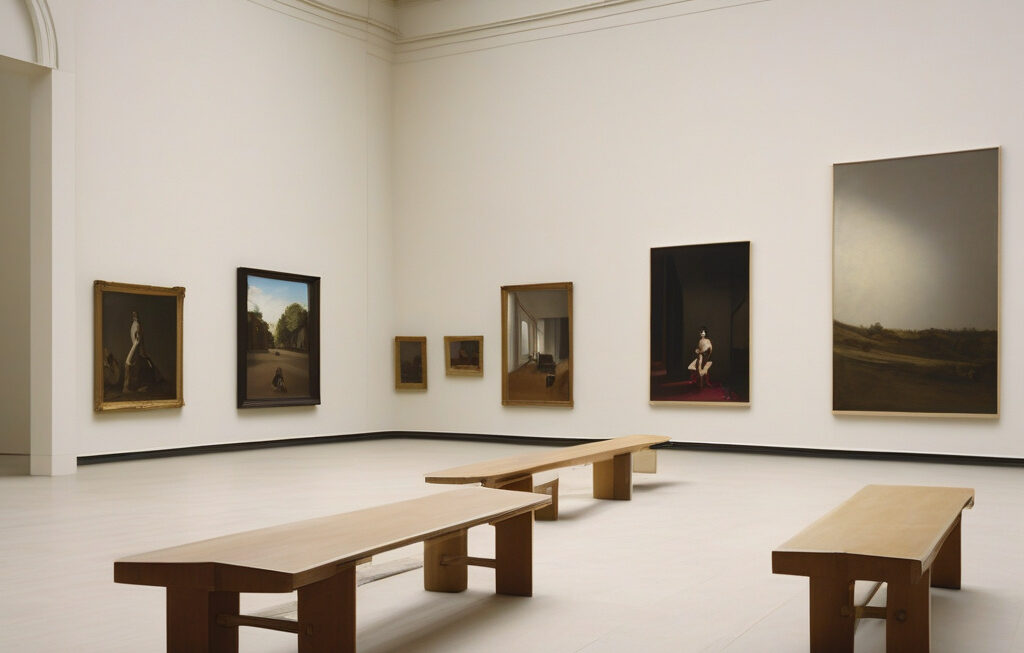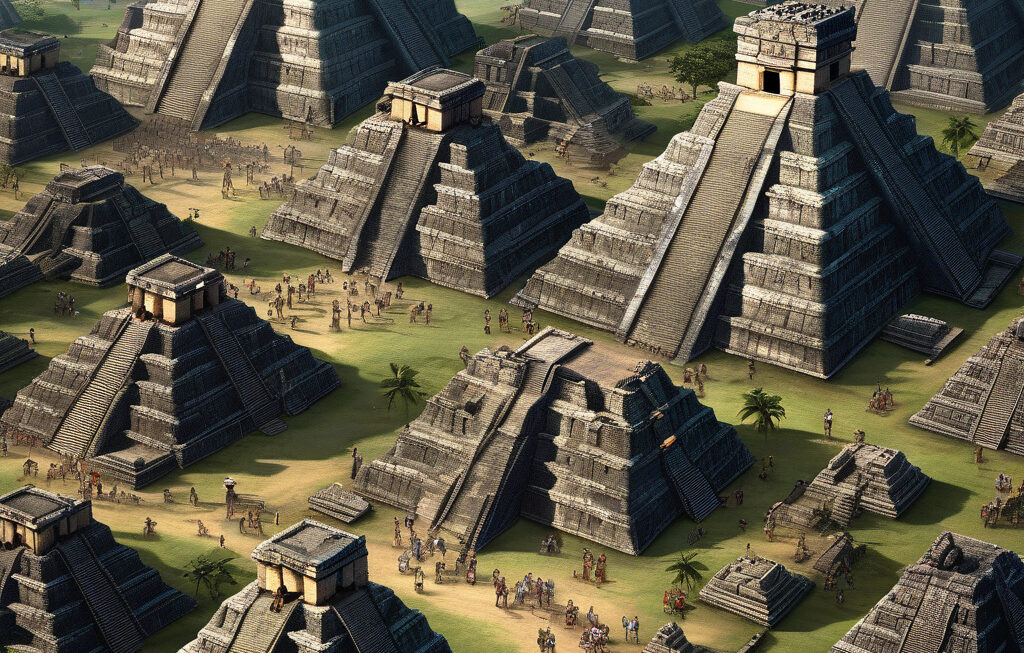Over 12,000-year-old Camel Rock Art Reveals Early Human Survival Tactics in the Harsh Nefud Desert
In the vast expanse of the Nefud Desert in Saudi Arabia, ancient rock art depicting camels has been discovered, shedding light on the resourcefulness of early humans over 12,000 years ago. These intricate carvings, believed to be around 12,800 years old, offer a fascinating glimpse into the ways in which our ancestors navigated and thrived in the challenging desert landscape.
The camel rock art, found in the Shuwaymis and Jubbah regions of the Nefud Desert, serves as a powerful testament to the resilience and ingenuity of early human societies. The detailed carvings, etched into the rock faces, depict life-sized dromedary camels alongside other animals, human figures, and abstract symbols. These artworks are not merely decorative but are thought to have held significant practical and possibly even spiritual importance for the ancient inhabitants of the region.
One of the most intriguing theories put forth by researchers is that these camel rock art served as markers or signs pointing towards crucial water sources in the desert. Given the harsh and arid conditions of the Nefud Desert, access to water would have been essential for the survival of both humans and animals. The strategic placement of these artworks near ancient lakebeds and river channels suggests that they may have functioned as navigational aids, guiding travelers towards life-sustaining water in an otherwise unforgiving environment.
Moreover, the presence of camels in the rock art is particularly significant, as these animals were vital to the survival and mobility of ancient desert dwellers. Camels are well adapted to arid climates and can go for extended periods without water, making them invaluable pack animals for traversing the desert. By depicting camels in their artwork, early humans may have been emphasizing the importance of these resilient creatures in their daily lives and journeys across the desert.
The intricate nature of the camel rock art also points to the advanced artistic skills and cultural sophistication of early human societies in the region. The lifelike representations of camels, with their distinctive humps and features, suggest a deep knowledge and reverence for these animals. The presence of other figures and symbols alongside the camels hints at a complex belief system and social structure that guided the daily lives of these ancient desert dwellers.
As we uncover more about the ancient camel rock art in the Nefud Desert, we are reminded of the enduring connection between humans and the natural world. The ability of early societies to adapt to and thrive in challenging environments such as the desert is a testament to the resilience and resourcefulness of the human spirit. By studying these remarkable artworks, we gain valuable insights into the ways in which our ancestors overcame adversity and harnessed their environment to not only survive but to flourish.
The camel rock art in the Nefud Desert stands as a poignant reminder of the deep history of human civilization and the timeless quest for survival in the face of adversity. By unraveling the mysteries of these ancient artworks, we honor the ingenuity and perseverance of those who came before us, leaving behind a rich legacy that continues to inspire and captivate us today.
ancient civilizations, desert survival, Nefud Desert, rock art, camel symbolism












